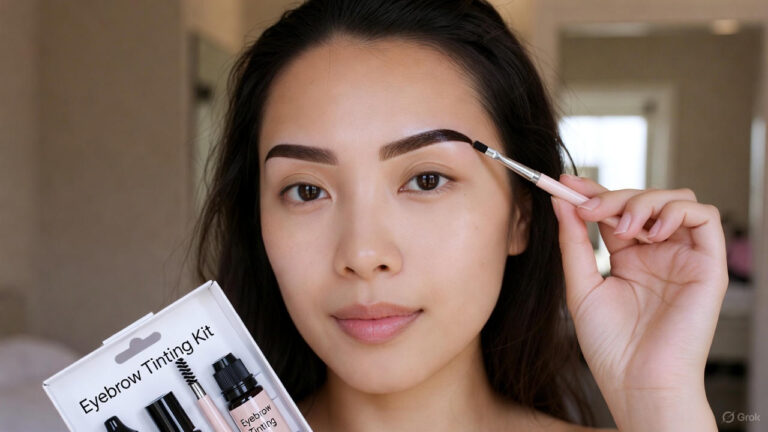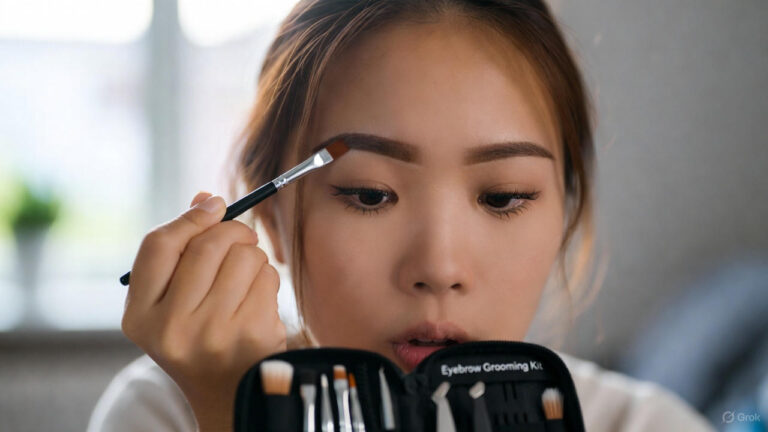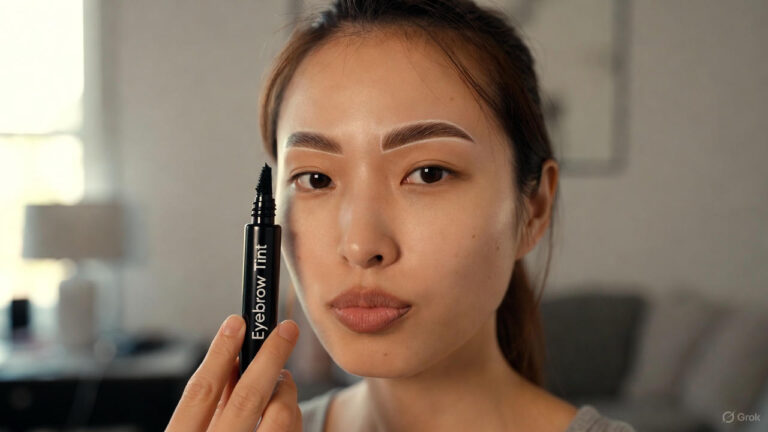In the pursuit of radiant and flawless skin, many individuals turn to skincare treatments like peeling solutions. These potent formulations promise to address concerns such as uneven skin tone, acne scars, and fine lines. However, before diving into the world of chemical exfoliation, it’s crucial to be well-informed about what you’re getting into.
This article explores the six essential things you need to know before using a peeling solution, helping you make informed decisions for your skincare journey.
1. Understanding Your Skin Type
Before incorporating any new skincare product, it’s crucial to understand your skin type. The efficacy and safety of a peeling solution depend on whether it aligns with your skin’s needs. Different skin types react differently to various ingredients, and knowing yours will guide you in choosing the right formulation.
Dry Skin: If you have dry skin, opt for peeling solutions with hydrating ingredients like hyaluronic acid or glycerin to prevent excessive dryness.
Oily or Acne-Prone Skin: Individuals with oily or acne-prone skin can benefit from peeling solutions containing salicylic acid, which helps unclog pores and reduce acne.
Sensitive Skin: Those with sensitive skin should exercise caution and choose milder formulations with ingredients like lactic acid or fruit enzymes, as harsher acids may lead to irritation.
2. Start with Lower Concentrations
Peeling solutions come in varying concentrations of active ingredients, and it’s advisable to start with lower concentrations, especially if you are new to chemical exfoliation. This gradual approach allows your skin to build tolerance and reduces the risk of adverse reactions.
Beginners: For beginners, consider starting with peeling solutions containing alpha hydroxy acids (AHAs) like glycolic acid or lactic acid at lower concentrations (around 5-10%).
Experienced Users: If you have experience with chemical exfoliants, you may gradually move on to higher concentrations, but always be mindful of your skin’s response and adjust accordingly.
3. Patch Testing is Non-Negotiable
Before applying a peeling solution to your entire face, it’s crucial to conduct a patch test. Apply a small amount of the solution to a discreet area, such as behind your ear or on your wrist, and observe for any adverse reactions over 24 hours.
Redness or Irritation: If you experience excessive redness, irritation, or itching during the patch test, it’s advisable to avoid using the peeling solution on your face.
Allergic Reactions: Keep an eye out for signs of allergic reactions, such as swelling or hives. If any such reactions occur, discontinue use immediately.
4. Sun Protection is Non-Negotiable Too
Chemical exfoliants, including peeling solutions, can make your skin more photosensitive. Without proper sun protection, your skin becomes more vulnerable to UV damage, pigmentation, and other adverse effects.
Broad-Spectrum Sunscreen: Always use a broad-spectrum sunscreen with a high SPF during the day, even if you apply the peeling solution at night. This practice helps protect your skin from harmful UV rays and prevents further damage.
Reapplication: Remember to reapply sunscreen every two hours, especially if you spend extended periods outdoors. Sun protection is a crucial step in maintaining the results of your peeling solution while safeguarding your skin.
5. Moisturize and Hydrate
Exfoliating treatments like peeling solutions can strip the skin of its natural oils and moisture, leaving it dry, tight, and flaky. To counteract these effects, it’s essential to moisturize and hydrate the skin regularly. After using a peeling solution, follow up with a nourishing moisturizer to replenish lost moisture and soothe any irritation or dryness.
In addition to moisturizer, consider incorporating hydrating serums or facial oils into your skincare routine to boost hydration and improve the skin’s barrier function. Look for products containing ingredients like hyaluronic acid, ceramides, and antioxidants to lock in moisture and protect the skin from environmental damage. By maintaining adequate hydration, you can help support the skin’s natural healing process and minimize any potential side effects of the peeling solution.
6. Potential Side Effects and Downtime
Understanding the potential side effects and downtime associated with peeling solutions is essential for realistic expectations and proper planning.
Redness and Peeling: It’s normal to experience some redness and peeling after using a peeling solution. However, if these symptoms persist or worsen, it’s crucial to consult with a dermatologist.
Avoid Overuse: Overusing peeling solutions or using them too frequently can lead to more severe side effects, including chemical burns and scarring. Follow the recommended usage guidelines provided by the product or your skincare professional.
Conclusion
Using a peeling solution into your skincare routine can yield remarkable results, but it requires careful consideration and adherence to best practices. By understanding your skin type, starting with lower concentrations, conducting patch tests, prioritizing sun protection, and being aware of potential side effects, you can embark on your journey towards healthier, rejuvenated skin.
Frequently Asked Questions (FAQs)
1. Are peeling solutions suitable for all skin types?
Peeling solutions can be beneficial for most skin types, but individuals with sensitive or reactive skin should approach them with caution. Start with a lower concentration of active ingredients and patch test before applying the product to your entire face. If you have specific skin concerns or conditions, such as rosacea or eczema, consult with a dermatologist before using a peeling solution.
2. Can I use a peeling solution if I’m pregnant or breastfeeding?
It’s generally recommended to avoid using peeling solutions containing high concentrations of active ingredients, such as AHAs and BHAs, during pregnancy and breastfeeding. These ingredients can potentially penetrate the skin and enter the bloodstream, posing a risk to the developing fetus or nursing infant. Instead, opt for gentler exfoliating alternatives or consult with a healthcare professional for personalized skincare recommendations.
3. How often should I use a peeling solution?
The frequency of use for a peeling solution depends on your skin’s tolerance and sensitivity, as well as the strength of the product. Start by using the solution once a week and gradually increase the frequency to two or three times a week, if desired. Pay attention to how your skin responds to the treatment and adjust your usage accordingly to avoid over-exfoliation and irritation.
4. Can I use a peeling solution in combination with other skincare products?
It’s generally safe to use a peeling solution in combination with other skincare products, but it’s essential to avoid mixing certain ingredients that may cause irritation or reduce the efficacy of the treatment. For example, avoid using products containing retinol or vitamin C immediately before or after using a peeling solution, as they may increase the risk of irritation. Instead, alternate between exfoliating treatments and other active ingredients to avoid overloading the skin.
5. How long does it take to see results from using a peeling solution?
The results of using a peeling solution can vary depending on factors such as the strength of the product, your skin’s responsiveness, and the specific concerns you’re addressing. Some people may notice immediate improvements in skin texture and clarity after just one use, while others may require several weeks of consistent use to see significant results. Be patient and consistent with your skincare routine, and remember to monitor your skin’s response to the treatment over time.



